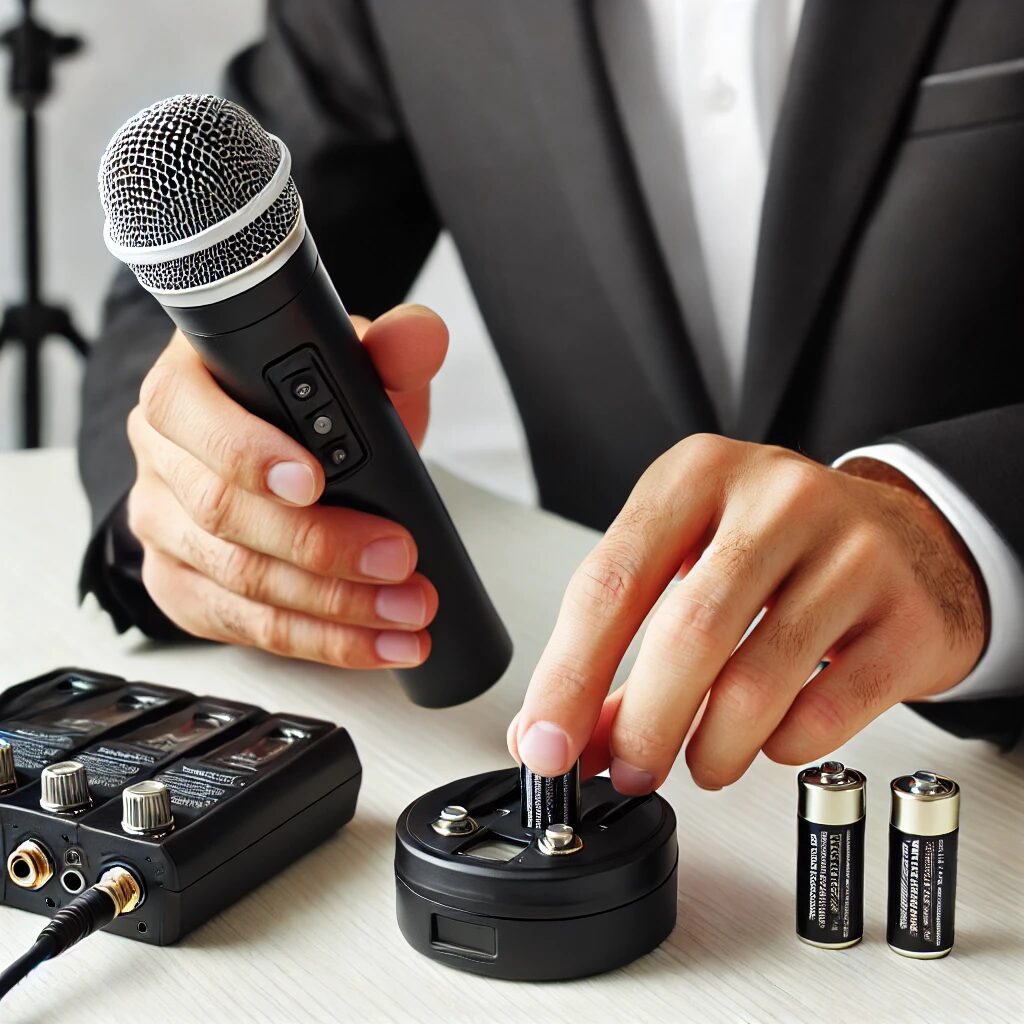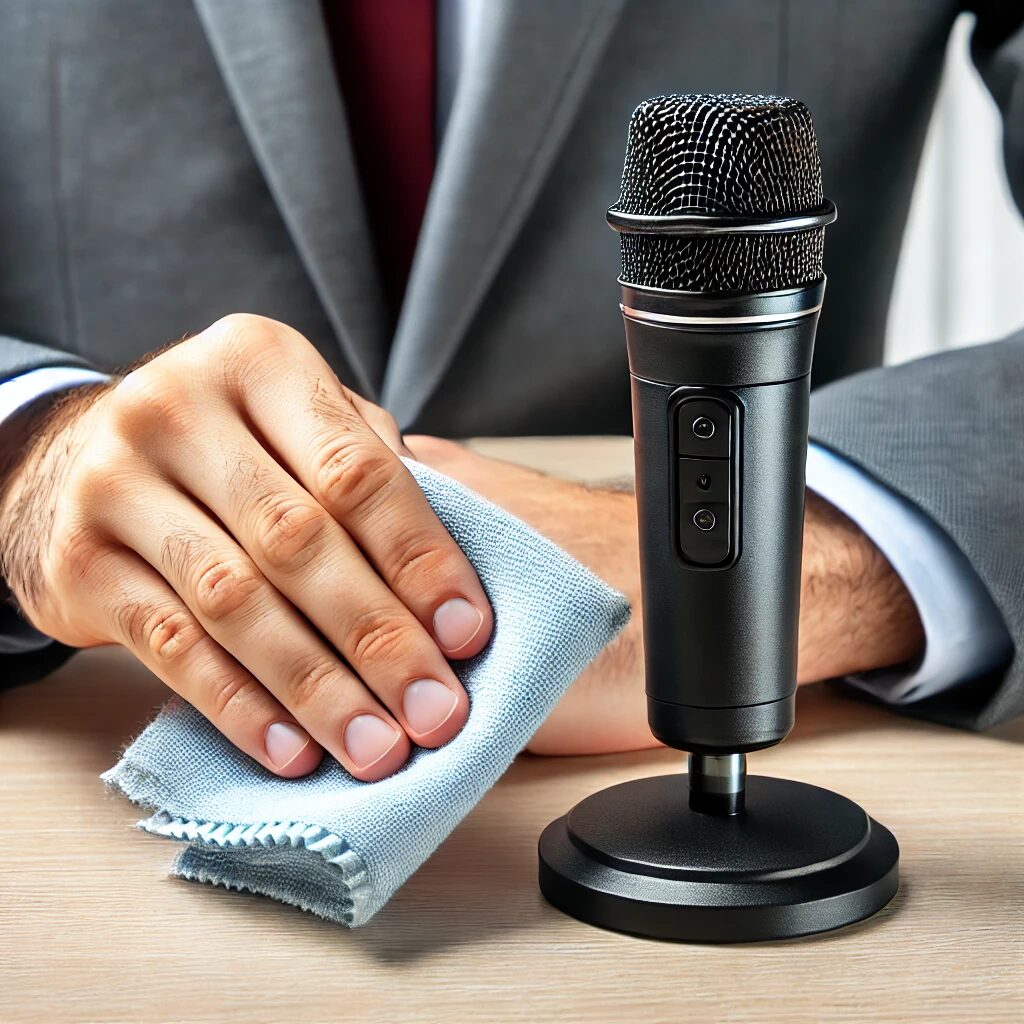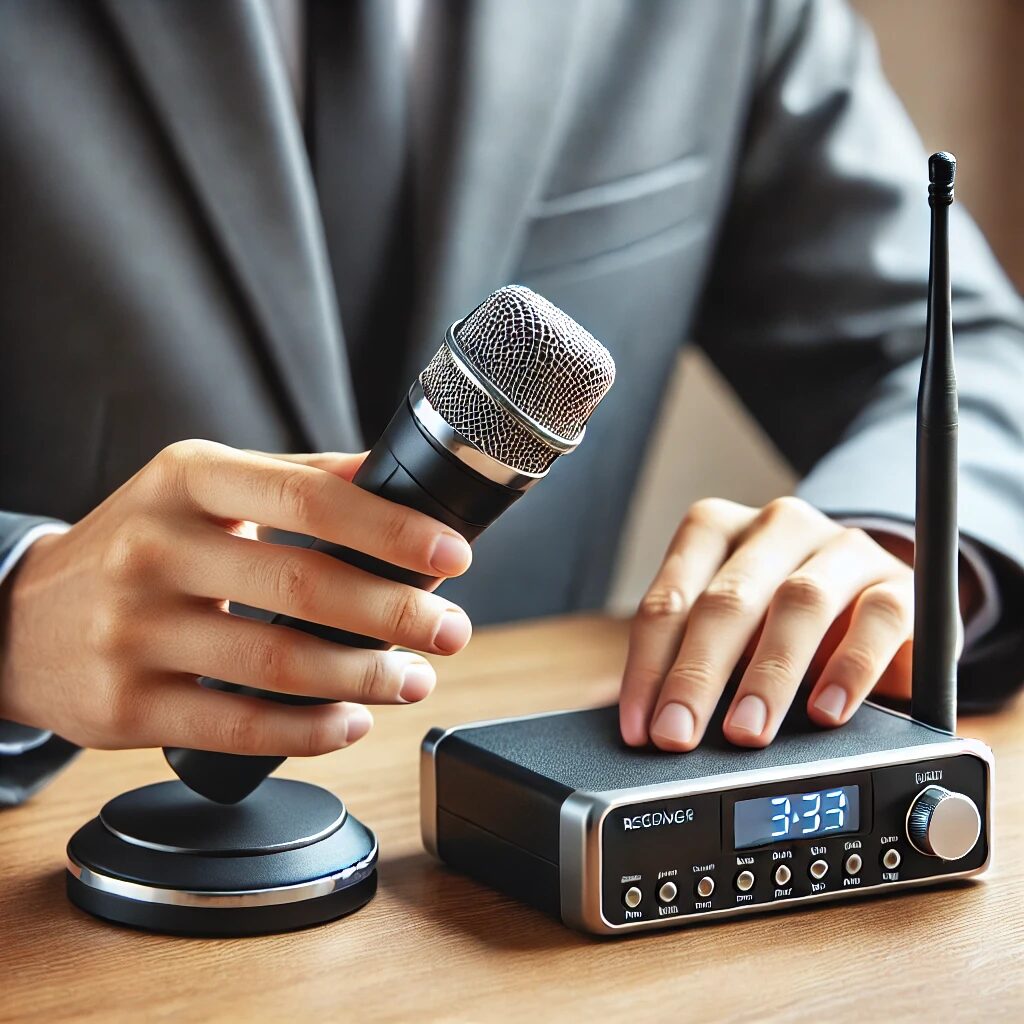Explore the dos and don’ts of wireless microphones where you can maintain and extend their lifetime according to your usage.
Wireless microphone maintenance: Dos and Don’ts
Wireless microphones are devices which are often utilized for event and meeting planners. This wireless microphone offers great mobility for users and reduces stage clutter and other threats. These are available with various configurations from handheld or hands-free microphones. You can choose to shop for microphone packages or conference settings. However, the durability and avoiding potential problems is based on how you handle the wireless microphones. This article is for the users to be aware of the dos and don’ts of wireless microphones.

Do’s and Don’ts of Wireless Microphone:
- Make sure the wireless mic receiver antennas and the transmitter are in line of sight. Even though a lot of UHF microphone systems can transmit through walls, a solid wall can effectively block wireless microphone signals, and even drywall or a steel equipment rack can shorten the effectiveness of the transmission.
- Performers have been using mic drops more and more recently, but physically abusing your wireless microphone is never a good idea. Your wireless microphone’s dependability and sound quality will suffer if the windscreen is dented or the transmitter casing is cracked.
- Rechargeable batteries should not be used. Rechargeable batteries can be used with certain wireless microphone transmitters, although their output is not the same which can shorten battery life, restrict range, or require frequent recharging.
- Avoid using “no name” batteries from the store. Often, these batteries in a wireless microphone transmitter barely last an hour or two.
- If you frequently use wireless microphones, purchase a battery tester. For the longest battery life, always use name-brand alkaline batteries. To maximize the life of a disposable battery, use a cheap battery tester with a “good/bad” meter to determine how much battery life is left.
- If your wireless microphone is installed in a metal sound system rack, check sure the antennae are facing forward and not tucked behind the rack. As a result, the signal won’t be obstructed. Transmitter extensions are a cheap way to extend the range of your wireless microphones.
- The loudness needs to be adjusted to suit the different vocalists. The performer will need to get used to moving about with the wireless microphone if they have never used one before. Make sure the performer is comfortable and the volume is adjusted appropriately by doing a soundcheck before to the event.
- If you or a member of your staff can handle rechargeable batteries well, using them can save costs and landfill space. After every performance, take the transmitters’ batteries out. This will save you from having to use batteries that are almost dead the next time you require them, and if you store your transmitter for a long time, it will also shield it from accidental leak damage.

How to choose a wireless microphone?
Diversity systems: There are “diversity” systems available for both VHF and UHF microphones. Two full receivers, each with two antennas, are contained in a diversity receiver. The receiver’s electronics detects which antenna is receiving the most signal from the microphone and immediately changes to that receiver.
Battery life: A single battery can power most wireless microphones for eight to twelve hours. More features on high-end microphones include a battery level indicator on the receiver, which allows the sound system operator to check the battery level at the receiver without having to touch the transmitter.
Portable receivers: This comes in handy if you plan to move the system from place to place or if you want to place the receiver on the floor to plug it into an existing microphone socket.
Good: A non-diversity VHF system is the foundation of a wireless mic system. Budget and short-range systems work well together, but you shouldn’t run more than two systems at once in the same space because they will interfere with one another. Elementary schools can benefit greatly from these systems.
Better: A 10 to 20-channel UHF diversity system is an improvement over the entry-level VHF system. Over the past several years, a lot of single-channel systems have been discontinued as prices have decreased and technology has advanced, making 10-channel systems like this one more accessible than before.
Best: A 1000-channel auto-select wireless microphone system with a full-colour receiver display and features like transmitter battery life displayed directly on the receiver face is a higher-end wireless microphone system. Certain systems are digitally encoded, meaning that in addition to the microphone audio, the transmitter transmits a digital code to the receiver.
Conclusion: Wireless microphones run with the support of batteries therefore, if you’re using it don’t forget to charge before you leave to venue. If you’re performer or speaker, it is advisable to keep the charged batteries in hand for quick replacement. However, the wireless microphones are affordable to shop with the better features available. It is the buyers responsibility to maintain the wireless device if not you may see the rise of issues in handling the microphones. Hope, this guide is helpful.

Read More …
Benchmark Technomate Education Solution – https://benchmarktechnomate.online/
Benchmark Technomate Online Teaching Solution – https://benchmarktechnomate.online/education/
